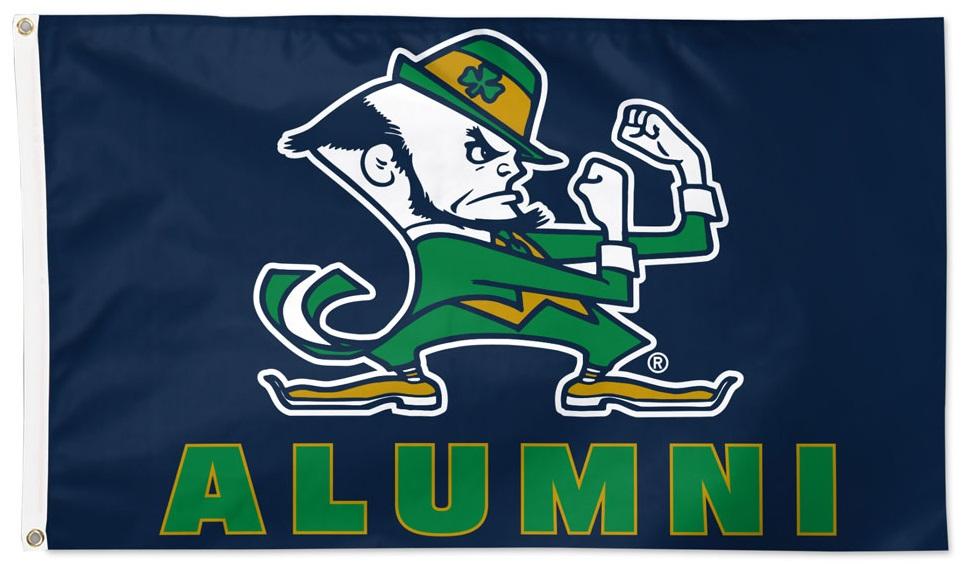Some woke folk are getting down on Notre Dame University because of their famous “Fightin’Irish” leprechaun mascot. The article is here. When I tweeted a wisecrack about this someone commented that it couldn’t be offensive since leprechauns are imaginary.
This reminded me of something I read in the diaries of the nineteenth century English country parson Francis Kilvert. The diaries, by the way, are wonderful. I’ve written praising them here. Kilvert was writing in the 1880s about his life as a country priest in the Welsh borders–one of the most beautiful and unspoilt corners of England. He records his hikes across the countryside to visit isolated farmhouses and records the beauties of nature in Wordsworthian style. He also records the conversations he has with the country folk and one that sticks in my mind that pertains to leprechauns is a visit he had with an old farm woman who told him how, when she was a girl she and the other children would go out on a moonlight night to see the “fairies dancing.” They were also called “the little people”. The old woman recounted the tale with a clear memory and she was not the only one. When Kilvert pressed other country folk the elders also admitted to having witnessed “the wee folk” dancing in the summer moonlight. They were warned not to go too close or they would be taken. What interested me was how recent this was.
If the old woman was in her 80s in 1880 then she would have seen the “little people” in say, the 1800s or 1810s. This was not a medieval legend, but living oral history just a few years before my grandfathers were born at the end of the 1800s.
The legends of the “little people” of course, abound in almost every primitive culture. The English had their fairies and elves, the Irish their leprechauns, the Native Americans like the Cherokee and Choctaw had the nature spirits who manifested as little people. The Scots had Brownies, the Cornish the tommyknocker, Germans Dwarves and more.
Are leprechauns (and the other little people) imaginary? It depends what you think about imagination. The best book on this subject (and the paranormal in general) is Patrick Harpur’s Daemonic Reality. Harpur analyzes all sorts of unusual experiences in a fairly objective and intelligent style drawing together a theory about the paranormal–suggesting that there is a realm of “reality” that lies between the material world and the totally immaterial world and that there is commerce between the worlds and our imagination is the receiver or means of perception between these worlds.
So, do leprechauns–Bigfoot, aliens, the Loch Ness Monster, mothman and fairies exist? What do you mean by existence? Do they exist in this solid physical world? Harpur would say “No. You will never capture the Loch Ness Monster or be able to put the Yeti in a zoo. You’ll never capture a leprechaun or snare a ghost. However, these beings do “exist” through the power of the human collective unconscious and we can sometimes perceive them with our physical senses. They can also sometimes leave behind evidence of their presence: here a footprint of the Yeti, there a scorch mark from a UFO landing. Here a fairy circle in the corn. There a flip of the tail of the sea monster. They can also leave an imprint on the human imagination and memory.
So do leprechauns exist? I’m not taking up that fight. Not with the Irish!







I like this. It’s reminiscent of Lewis’ description of Eustace Scrubb that he read the wrong books; strong on exports, imports, and governments but were weak on dragons.